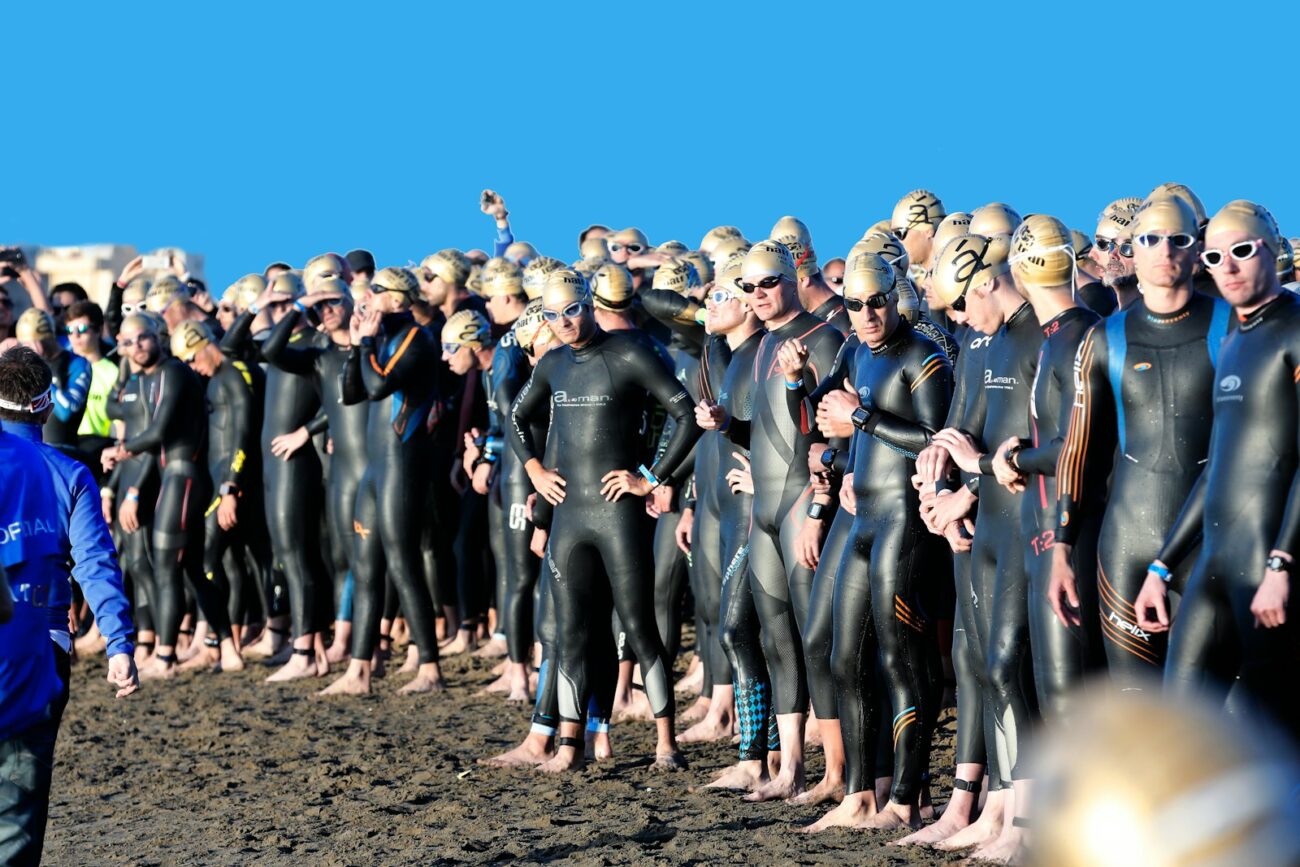From the chilly waves of Alaska to the warmer currents of Florida, the United States offers diverse aquatic environments for water enthusiasts. Whether you’re a surfer riding Pacific swells, a diver exploring Great Lakes shipwrecks, or a paddleboarder navigating coastal waters, having the right wetsuit is crucial for comfort, performance, and safety. Selecting the perfect wetsuit involves understanding water temperatures, regional conditions, activity requirements, and personal preferences. This comprehensive guide will help you navigate the complex world of wetsuits to find your ideal match for U.S. waters, ensuring you stay comfortable and protected during your aquatic adventures.
Understanding Wetsuit Basics and How They Function
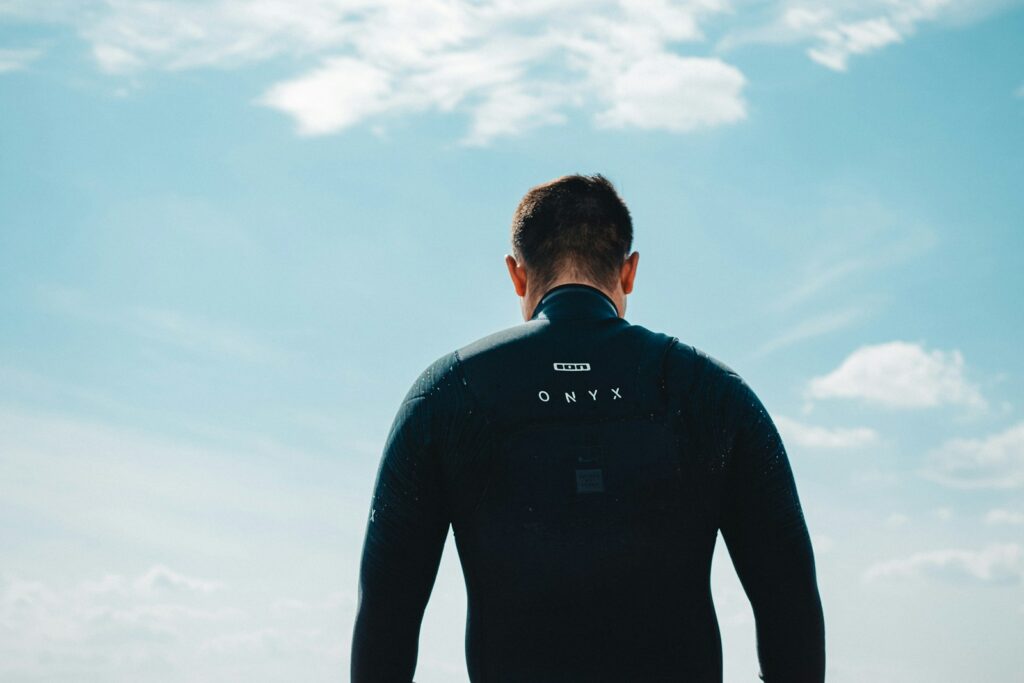
Wetsuits operate on a simple yet ingenious principle: they trap a thin layer of water between your skin and the neoprene material, which your body then warms, creating an insulating barrier against the cold. Unlike drysuits that keep you completely dry, wetsuits allow some water in but minimize its circulation to maintain body heat. The effectiveness of a wetsuit depends primarily on its thickness, with thicker suits providing greater insulation for colder waters. Additionally, the quality of the neoprene, seam construction, and fit all contribute to a wetsuit’s thermal efficiency and comfort. Understanding these fundamentals helps you make informed decisions when comparing different wetsuit options for your specific water activities.
Decoding Wetsuit Thickness Measurements
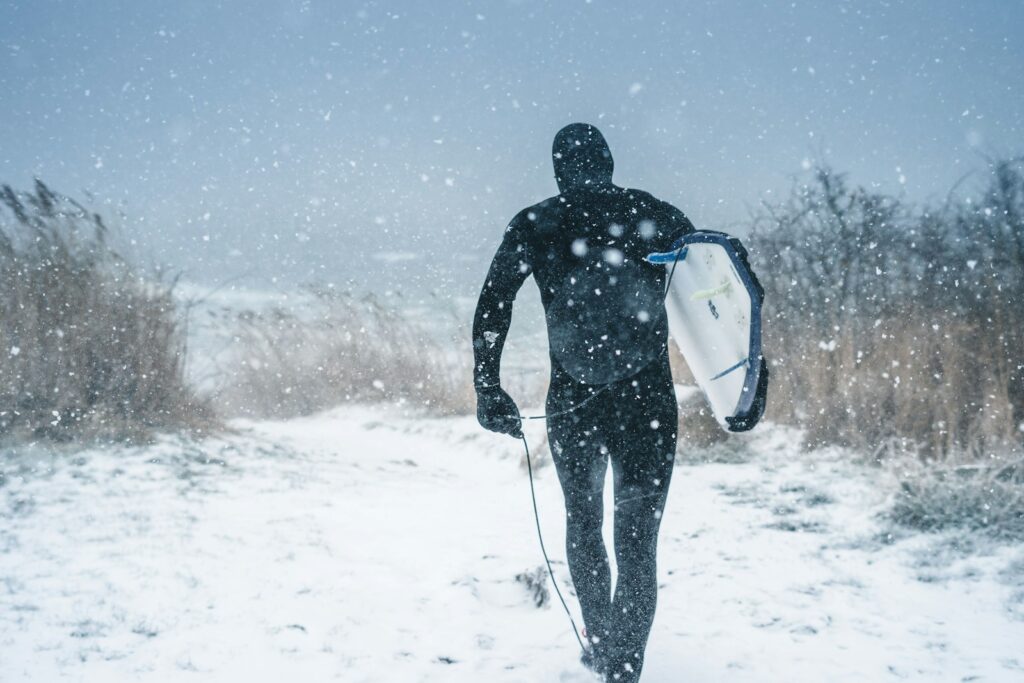
Wetsuit thickness is typically expressed in millimeters and often appears as two or three numbers, such as 3/2mm or 4/3/2mm. The first number indicates the thickness around the torso, while subsequent numbers refer to the extremities where greater flexibility is needed. For example, a 4/3mm suit has 4mm neoprene on the core and 3mm on the arms and legs, balancing warmth with mobility. Thicker suits (5/4mm or 6/5/4mm) are designed for cold water conditions like those found in the Pacific Northwest or New England winters, while thinner options (2mm or 3/2mm) work well for warmer regions like Southern California or Florida. The right thickness selection directly impacts your comfort, as too thick a suit in warm water can cause overheating, while too thin a suit in cold water risks hypothermia.
Mapping U.S. Water Temperatures and Regional Considerations
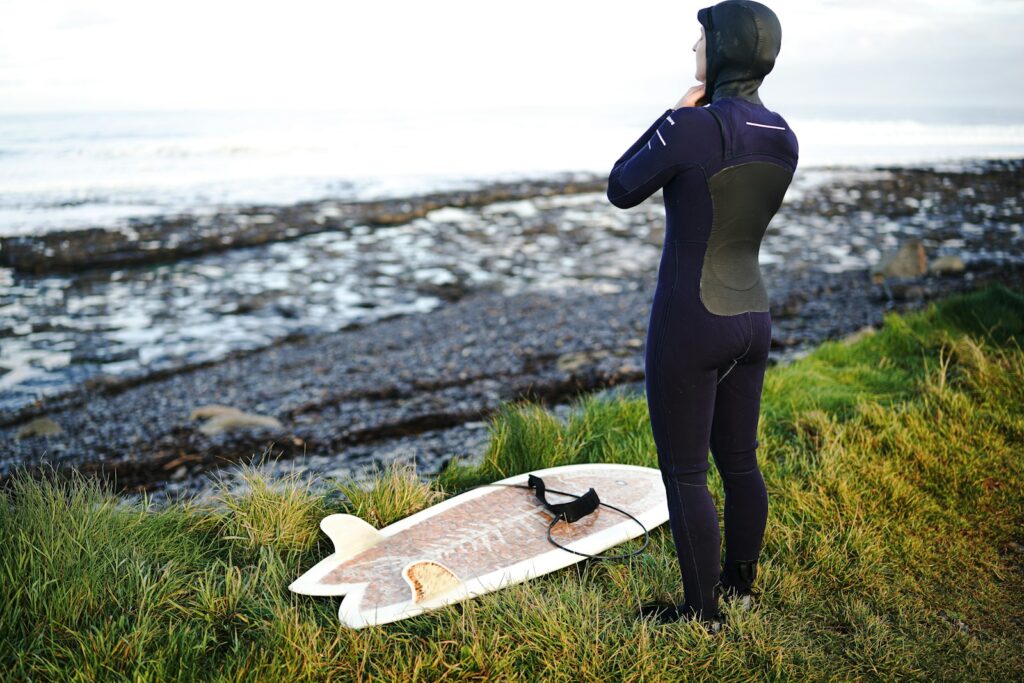
The United States presents remarkable variation in water temperatures across its coastlines and inland waterways. The Pacific Northwest and Northeast regions experience cold water year-round, with winter temperatures often dropping below 50°F, necessitating thicker wetsuits (5/4mm or greater) with hoods, gloves, and booties. The mid-Atlantic states see greater seasonal variation, requiring different wetsuit options throughout the year, from lightweight summer suits to heavier winter protection. Gulf Coast and Southern California waters remain relatively mild, rarely requiring more than a 4/3mm suit even in winter, while summer months might only need a 2mm shorty or even just a rash guard. Hawaii’s tropical waters stay warm year-round, typically requiring minimal neoprene protection regardless of season. Understanding these regional patterns helps narrow your wetsuit choices appropriate to your local conditions.
Tailoring Your Wetsuit to Your Water Activity
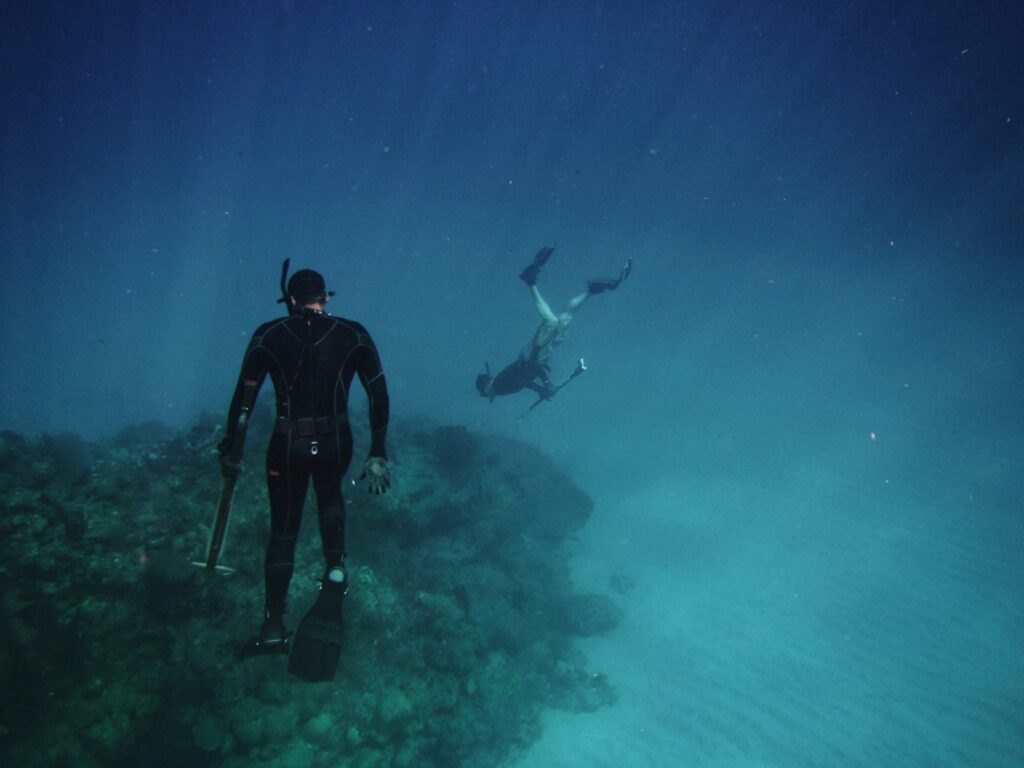
Different water activities place unique demands on wetsuit design and functionality. Surfing wetsuits prioritize shoulder and arm flexibility for paddling, often featuring more flexible neoprene in these areas and chest zip entries to reduce paddling restrictions. Diving suits typically emphasize maximum thermal protection with thicker neoprene and tighter seals at wrists and ankles, as divers experience greater heat loss at depth and move less vigorously than surfers. Triathletes and open water swimmers benefit from suits designed for maximum flexibility and hydrodynamics, sometimes sacrificing some thermal protection for speed and range of motion. Kayakers and paddleboarders might prefer suits with reinforced knee areas and comfort features for seated positions. Matching your wetsuit to your primary activity ensures optimal performance and comfort during your water adventures.
Wetsuit Seam Construction and Its Importance
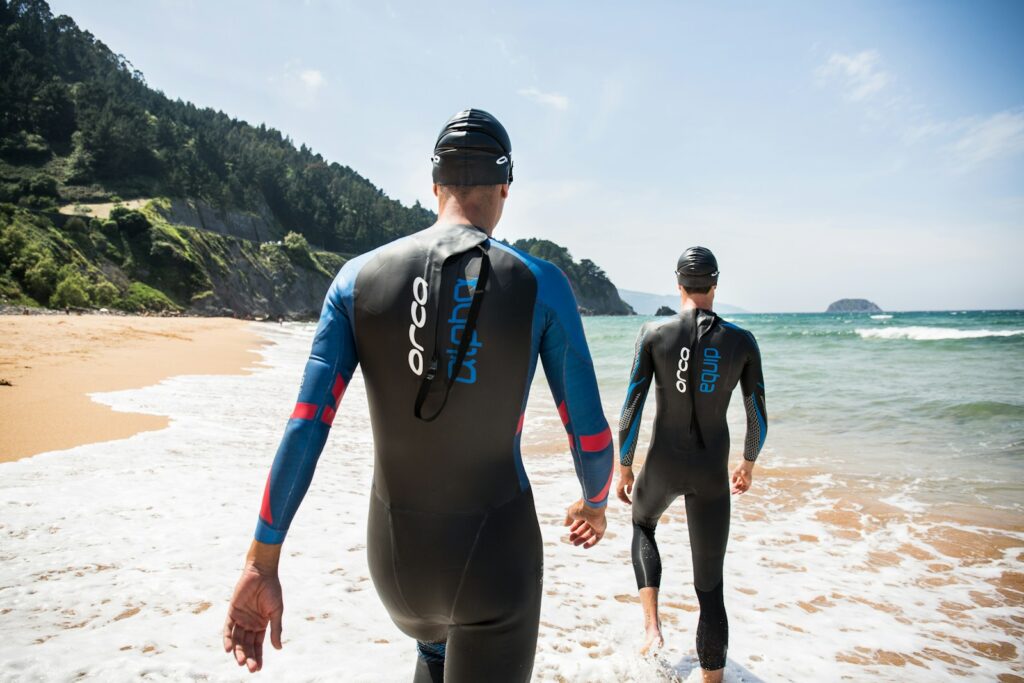
Seam construction significantly affects a wetsuit’s warmth, durability, and comfort, with four main types offering different performance levels. Flatlock seams, where panels are stitched together flat, provide excellent flexibility but allow water to penetrate, making them suitable only for warmer waters above 65°F. Overlock stitching (GBS or Glued and Blind Stitched) involves gluing panels together before stitching only partway through, creating more watertight seams for moderate temperatures. Sealed seams add a layer of liquid sealing material over the stitching for enhanced waterproofing in colder conditions. The most advanced (and expensive) fluid-sealed seams combine gluing, blind stitching, and taping both inside and outside for maximum warmth in the coldest waters. For U.S. coastal areas like Maine or Washington state, where water temperatures remain low year-round, investing in superior seam technology significantly enhances comfort and safety.
Entry Systems: Front Zip vs. Back Zip vs. Chest Zip
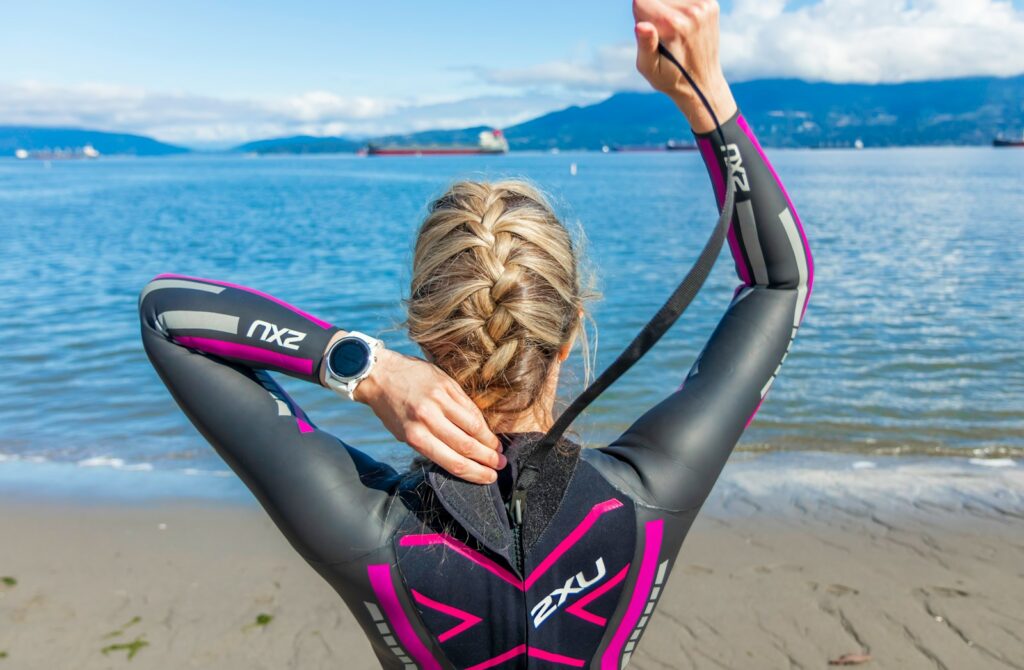
The entry system of your wetsuit affects both convenience and thermal efficiency, with each design offering different advantages. Back zip wetsuits, featuring a zipper running down the spine, provide the easiest entry and exit, making them ideal for beginners or those who prioritize convenience over maximum warmth. Front zip designs place the zipper diagonally across the chest, offering a good balance between ease of use and thermal efficiency, as the zipper doesn’t run along the spine where cold water could enter. Chest zip (or zipperless) wetsuits have a small horizontal opening across the chest and provide superior warmth by eliminating long zipper tracks that can allow water seepage, though they require more flexibility to put on and take off. For particularly cold U.S. waters like those off Alaska or during winter months in the Northeast, the thermal advantages of chest zip systems often outweigh the minor inconvenience of entry.
Neoprene Quality and Advanced Materials

Not all neoprene is created equal, and advanced wetsuit materials can significantly enhance performance in challenging U.S. water conditions. Standard neoprene provides basic insulation, but premium wetsuits incorporate specialized materials like limestone-based neoprene (more environmentally friendly than petroleum-based options) and air cell technologies that trap more heat with less bulk. Many high-end suits feature thermal linings made of materials like fleece, titanium, or aluminum that reflect body heat back to the wearer, effectively increasing warmth without additional thickness. Some manufacturers incorporate infrared-reflecting fabrics or carbon fiber for enhanced heat retention in extremely cold conditions like those found in Great Lakes diving or winter Pacific Northwest surfing. These advanced materials typically command higher prices but can make the difference between a miserable experience and comfortable extended sessions in challenging water temperatures.
Finding Your Perfect Wetsuit Fit
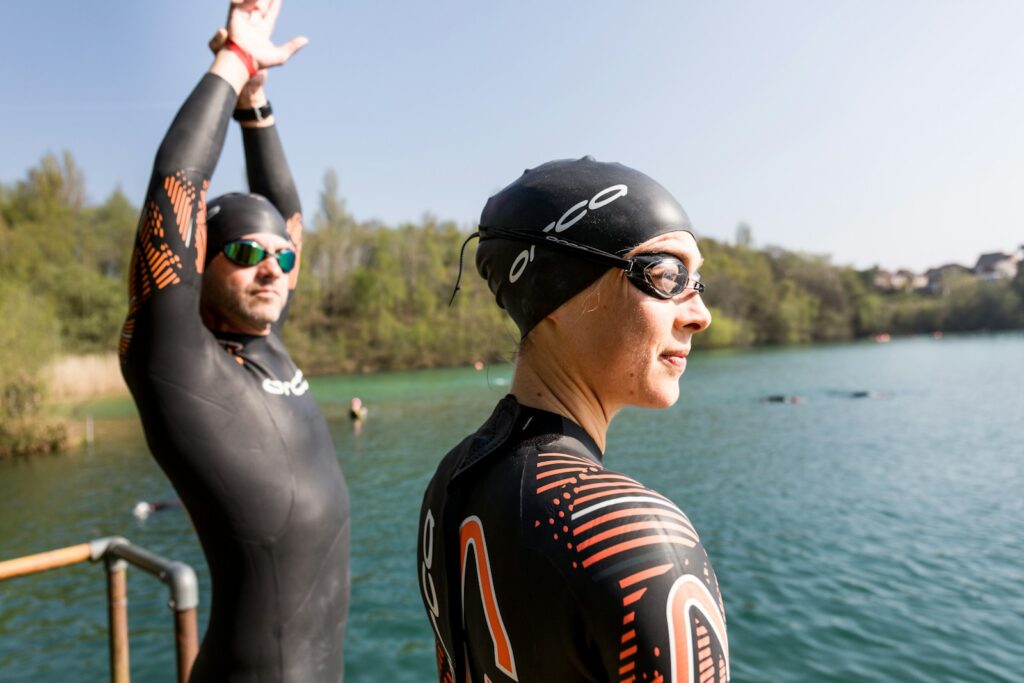
A properly fitting wetsuit should feel snug everywhere without restricting movement or breathing, as loose areas allow water to flush through and compromise thermal efficiency. When trying on a wetsuit, ensure it fits tightly around the neck, wrists, and ankles to minimize water entry, while allowing comfortable full arm rotation and squatting without binding. The neoprene should lie flat against your skin without bunching, particularly under the arms and behind the knees. Remember that neoprene stretches slightly when wet, so a suit that feels almost too tight when dry often provides the perfect fit in water. Women should seek female-specific cuts that accommodate different body proportions, while men should ensure adequate room in the shoulders without excess material around the waist. Most manufacturers offer size charts based on height, weight, and chest measurements, providing a good starting point for finding your optimal fit.
Wetsuit Accessories for Complete Protection

In many U.S. water environments, a wetsuit alone isn’t sufficient for complete thermal protection, making accessories essential components of your water gear. Neoprene hoods prevent critical heat loss through the head and are virtually mandatory for winter surfing in places like New England or the Pacific Northwest, where they also provide protection from painful “ice cream headaches” caused by cold water contact. Gloves and booties not only preserve warmth in the extremities but also offer protection from sharp rocks, coral, or rough surfaces when entering and exiting the water. For particularly cold conditions, consider vests or rash guards worn underneath your wetsuit for an additional layer of insulation. During seasonal transitions, having accessories like neoprene caps or separate sleeves allows you to adapt your thermal protection to changing conditions without purchasing multiple complete wetsuits.
Budget Considerations and Value Assessment
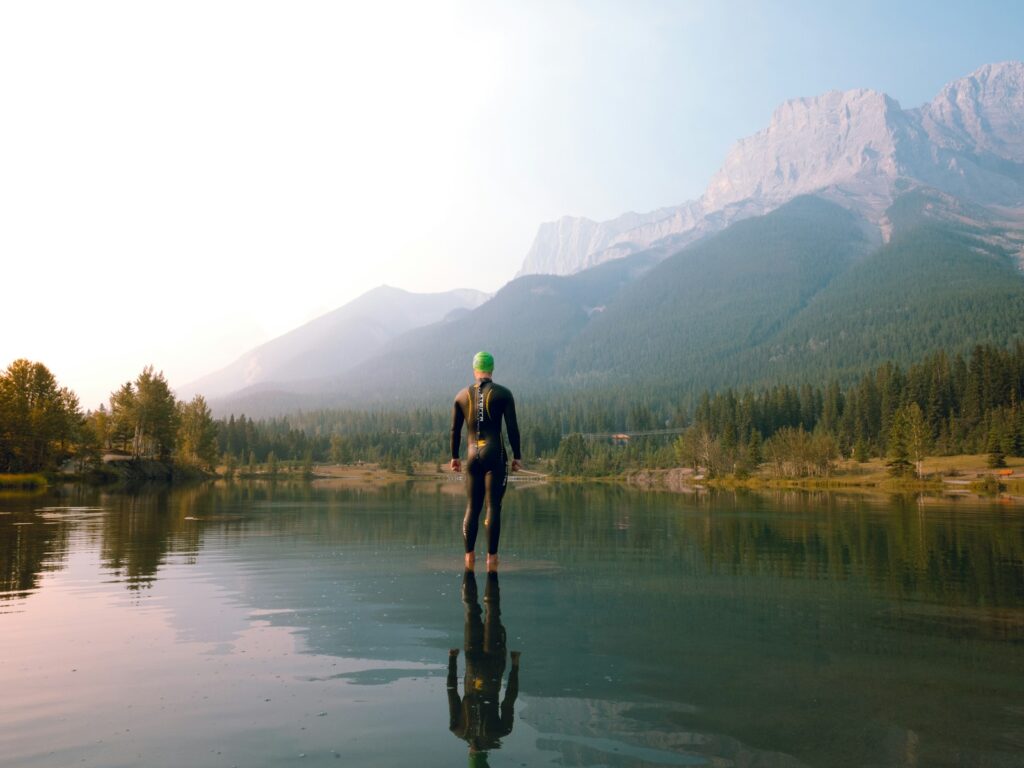
Wetsuit prices vary dramatically from under $100 for basic models to over $600 for premium cold-water suits, making budget an important consideration in your selection process. While it’s tempting to economize, investing in a quality wetsuit appropriate for your local conditions often proves more economical long-term, as better construction and materials extend lifespan and enhance comfort. Entry-level wetsuits typically feature basic neoprene and flatlock seams, making them suitable for occasional use in warmer waters but inadequate for regular cold-water immersion. Mid-range options ($200-350) offer improved thermal properties and seam construction that satisfy most recreational users in moderate conditions. High-end wetsuits ($350+) incorporate advanced materials, superior seam technology, and strategic paneling that benefit frequent users and those facing challenging conditions. Consider your usage frequency, local water temperatures, and cold tolerance when determining the appropriate investment level for your needs.
Caring for Your Wetsuit to Maximize Lifespan
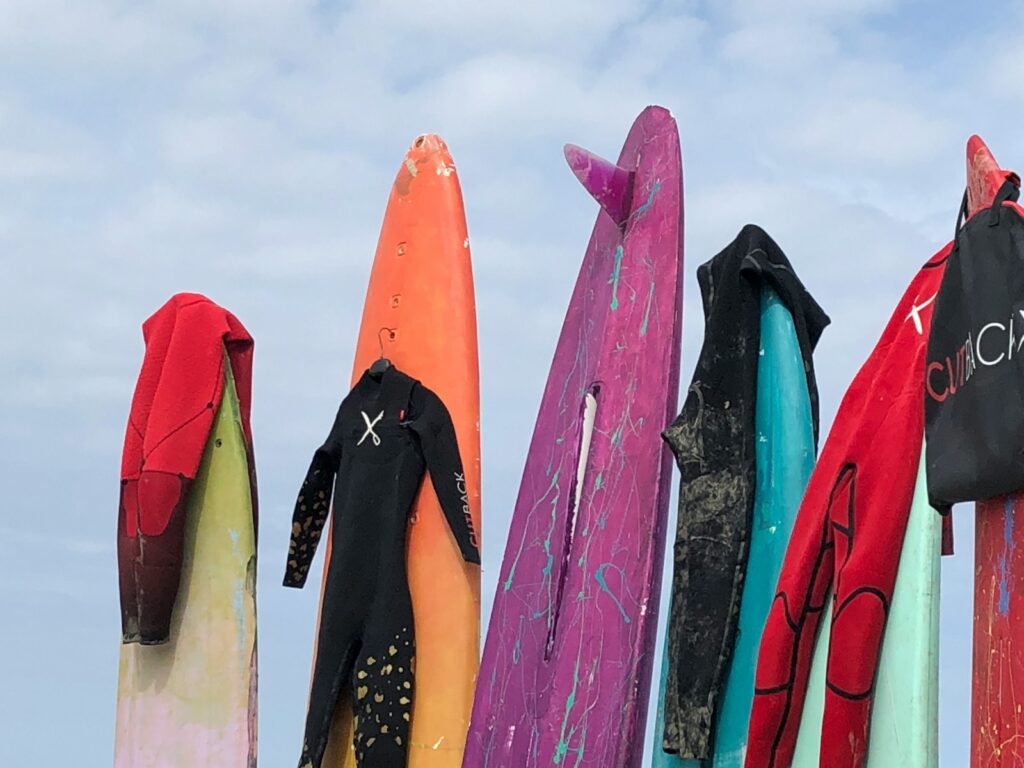
Proper maintenance significantly extends wetsuit lifespan, protecting your investment and ensuring consistent performance in challenging conditions. After each use, rinse your wetsuit thoroughly with fresh water, paying special attention to zippers and seams where salt, chlorine, or minerals can accumulate and cause deterioration. Hang your suit to dry on a wide, rounded hanger in a shaded area, as direct sunlight degrades neoprene and shortens its effective life. For cleaning, use only wetsuit-specific cleaners that won’t damage the neoprene or compromise its flexibility and insulating properties. When storing your wetsuit for extended periods, hang it inside-out on a wide hanger in a cool, dry place away from direct sunlight and heat sources that could degrade the materials. With proper care, a quality wetsuit can last several seasons even with regular use in harsh U.S. coastal environments, making maintenance an essential aspect of ownership.
Seasonal Wetsuit Strategies for Year-Round Water Sports
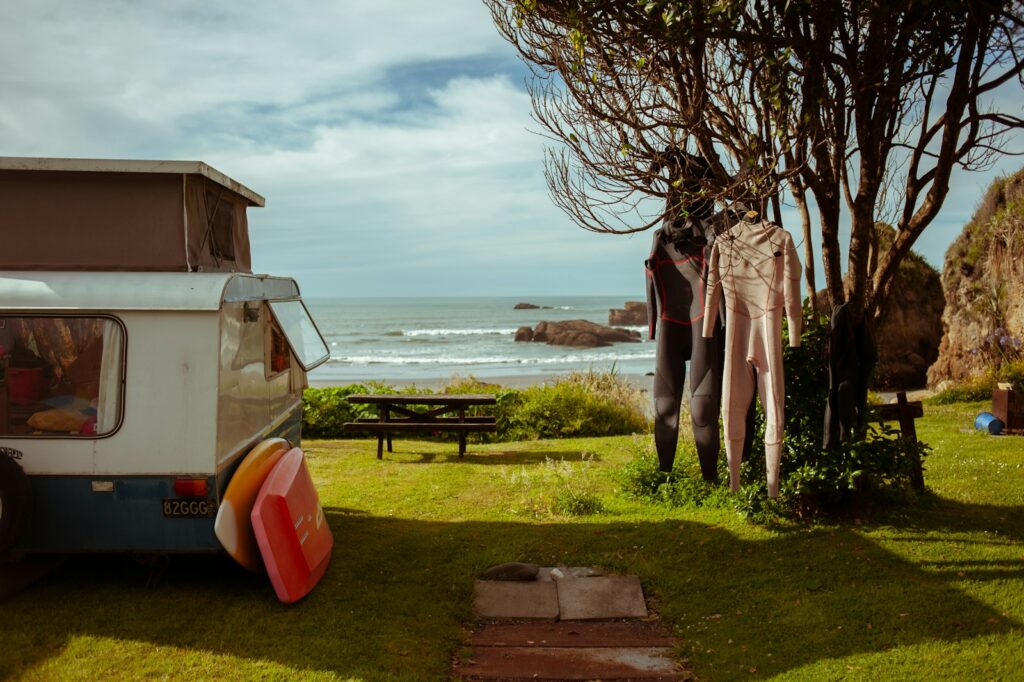
For enthusiasts committed to year-round water activities in regions with significant seasonal temperature variations, developing a strategic wetsuit quiver maximizes comfort while managing costs. Rather than purchasing a single compromise suit, consider investing in two complementary options: a thicker suit (perhaps 4/3mm or 5/4mm) for winter months and a thinner option (3/2mm or even a 2mm shorty) for summer conditions. This approach ensures optimal comfort across seasons while extending the lifespan of each suit through reduced usage. In transitional periods like spring and fall, layering accessories like vests, hoods, or gloves with your mid-weight suit offers adaptable protection without requiring additional complete wetsuits. For locations with extreme seasonal variations like the Great Lakes region, where water temperatures range from near-freezing to over 70°F annually, this strategic approach to wetsuit selection proves particularly valuable for maintaining year-round water activities.
Environmental Considerations and Sustainable Options
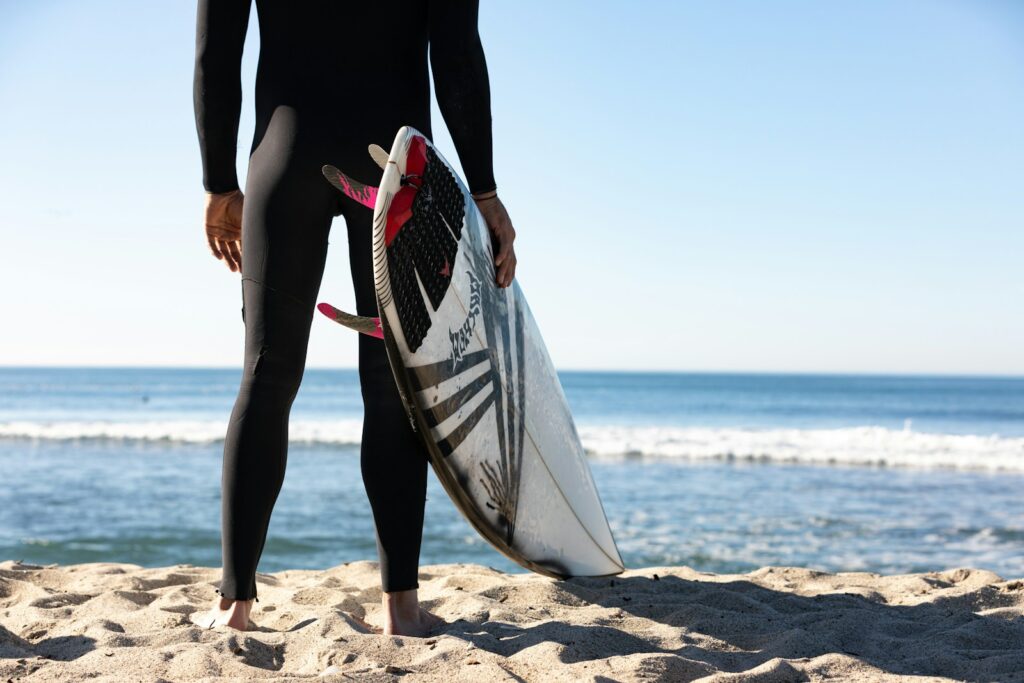
As awareness of environmental issues grows, many water enthusiasts now factor sustainability into their wetsuit purchasing decisions. Traditional neoprene is petroleum-based and energy-intensive to produce, prompting manufacturers to develop more eco-friendly alternatives. Limestone-based neoprene offers reduced environmental impact while maintaining performance characteristics, though it still requires significant energy for production. Newer innovations include plant-based neoprene alternatives derived from natural rubber, sugarcane, or other renewable resources that substantially reduce carbon footprints. Some companies now offer recycled neoprene options or take-back programs that repurpose old wetsuits into yoga mats or other products rather than sending them to landfills. Water users concerned about environmental impact can support these initiatives by selecting wetsuits from companies with transparent sustainability practices and materials sourcing, contributing to the protection of the very waters they enjoy.
Selecting the ideal wetsuit for U.S. waters involves balancing regional temperature considerations, activity requirements, personal preferences, and practical factors like budget and fit. By understanding wetsuit fundamentals—from thickness ratings and seam construction to entry systems and materials—you can make informed choices that enhance your comfort and safety in diverse aquatic environments. Remember that investing in quality appropriate to your conditions typically proves more economical long-term than compromising on essential features. Whether you’re surfing Pacific waves, diving Great Lakes shipwrecks, or paddling coastal estuaries, the right wetsuit transforms potentially uncomfortable conditions into enjoyable experiences, extending your water season and expanding your aquatic horizons. With proper selection, care, and maintenance, your wetsuit becomes an essential partner in your water adventures across America’s diverse aquatic landscapes.

